Not all designers are the same
One of the many things I love about my being a graphic designer is having the opportunity to work within so many different types of industries. My expectations of what they do is limited by my own experience with similar companies, or the research I’ve been able to do ahead of our first meeting. It’s only when I meet with them that I begin to understand the specifics about what they do and who their client is.
I’m sure it’s the same for you. If you’re considering hiring a graphic designer, but you’re not 100% sure what we do, here is some clarity. These are some online definitions of graphic design and our responsibilities:
“Graphic design is the craft of creating visual content to communicate messages. Applying visual hierarchy and page layout techniques, graphic designers use typography and pictures to meet users’ specific needs and focus on the logic of displaying elements in interactive designs to optimize the user experience.”
The Interaction Design Foundation
“Designers should be able to solve visual communication problems or challenges. In doing so, the designer must identify the communications issue, gather and analyze information related to the issue, and generate potential approaches aimed at solving the problem.
Graphic designers should also have a thorough understanding of production and rendering methods. Some of the technologies and methods of production are drawing, offset printing, photography, and time-based and interactive media (film, video, computer multimedia). Frequently, designers are also called upon to manage color in different media.”
Wikipedia
Basic Responsibilities of a Designer
A designer is not only responsible for creating visuals for your project but making sure they are correctly produced for your digital and printing needs.
Obviously every graphic designer will have specialties. Some are stronger at one type of design than others, and have a preference for one medium over others. Just like there are many types of restaurants in your neighborhood, there are many types of designers. When I want a good pizza I don’t go to a sub sandwich shop, so understanding what individual designers specialize in will help you choose the right one.
Design Specialties:
- Visual Branding
- Book Formatting + Production and Cover Design
- Print Design
- Illustration
- Web Design
- Product Design
- Environmental Graphic Design
Personally my specialties are the top three – over 27+ years I’ve focused on developing my skills and talents around these core needs of the small business community. They require skills and understanding in the same three software programs; Adobe InDesign, Illustrator and Photoshop so it has created a common thread in my choice of specialties. Because I’ve done so much of this type of design work – great work happens faster!
Can I do the other specialties that I’ve listed? YES – it just takes longer to accomplish my best work.
Here are some considerations when choosing a graphic designer:
1. Before you start interviewing any designer
Identify your needs – are you ready for an ongoing relationship with a designer? A freelance designer is a perfect solution for the solopreneur or new business – it allows you to use them as your budget allows and maintain ongoing relationship so they can be on-call to keep your brand visuals consistent.
Identify the project – Do you know what you need? A designer can provide a complete branding package which will help you build a visual marketing foundation for your business, or they can create a single print piece for a marketing campaign.
If you’re not certain what you need, it can be helpful for you to make a list of all the places you need to market your business. This will give your designer a complete assessment of your needs and they can give you a proposal to cover it all or one step at a time.
Consider these potential projects that I’m often asked to provide:
- Visual Branding and Logo Design in vector format (not a logo designed in Photoshop PLEASE!)
- Identity pieces – business card, social profile images, stationery
- Signage for brick and mortar
- Print Marketing pieces – post cards, sale flyers, rack cards, etc.
- Visual branding for a website
Identify your budget – There is a wide range of pricing for graphic design services, and the price is usually determined by expertise of the designer, the quality of their work, and range of services offered. A full branding package involves hours of research, design time and then file prep for all the deliverables. You should expect to pay a project price, not an hourly rate, since each design is a creative process that can come together quickly or require numerous revisions. A qualified, experienced designer should be charging no less than $1000 for a complete branding package, and often much more.
Identify your time-line – When do you need to have the design completed? Expect a qualified and experienced designer to have a waiting list of at least a week or two before they can begin your work. The design process can then take several weeks, but you can expect progress reports on a regular basis. Be sure to share with your designer if you need to meet a specific time frame (for example: An event at which you’ll need marketing materials, such as a display banners and promotional materials.)
Know how to find qualified designers – There are many ways to find the designer you need. My first suggestion is to find a colleague who has a great logo and ask them who did it for them. A word of mouth recommendation can often provide the best reference. I would also recommend using a search engine using the term “Graphic Designers in my area.” Look for portfolios offering client work that is similar to what you’re needing and be sure they have a great looking website (a poorly built website can be the first sign of a poor designer!) Read about the designer and make sure they fit your professional needs.
2. Interview the potential designer
Personality – You will be working closely with this person for several weeks, so insure you feel like you connect well with the designer. It’s also important for you to hire someone who listens well and respects you as the client/boss. This can make all the difference in the success of your project.
Professionalism – Sometimes the most creative among us can be difficult to work with, especially when it comes to time-line or communication. When building a visual brand for a business, consider finding a designer that keeps appointments and is clear with their communication. There is a time to work with highly-artistic designers (for example, taking an existing logo and using it to make a mural on your building or design a t-shirt or product), and there is a time to work with designers who allow their free-flowing creativity to show in their work and not in their professional interactions.
Experience – Ask about their work history (who have they worked for or with) their education (self-taught is fine if their portfolio is high-quality) and what software are they’re using (Adobe Creative Cloud, including InDesign, Illustrator and Photoshop is the professional standard for Graphic Designers.)
3. Review their portfolio
The beauty of graphic design is that it’s visual. Before you hire a designer, please make sure you review their portfolio. It should be available online, and if it isn’t, they may not be qualified for today’s digital market.
Look for these things in particular:
- Does their design style match what you’re looking for?
- Have they produced projects similar to what you need, even if it’s in a different industry?
- Are the design examples well done?
- Do they seem to understand brand consistency? Do the pieces they designed for a project look cohesive?
- Sometimes a team of creatives work together under a senior designer (Becky’s Graphic Design is this way), and sometimes designers work totally independent. If you’re hiring an independent, freelance designer make sure to ask what part of their portfolio was done solely by them.
4. Ask about collaborative partners
A graphic designer’s job is to create the brand and marketing visuals for a client. But often a client needs an entire marketing team. An experienced designer will have built a team of collaborative partners that they work with on a regular basis. They can refer you to these people or they may have existing relationships with them that allow for all the work to be done through the designer.
Ask the graphic designer if they have relationships with any of the following:
- Website programmers
- Copywriters/content developers
- Social media managers
- Marketing strategists
- Editors
There was a time when designers were expected to program, write copy and build a marketing strategy for their clients, but thankfully that expectation has changed. Each of these fields is a specialty these days, although a graphic designer should have basic understanding of all of them, they shouldn’t be expected to offer these services themselves but have great partners on call.
The companies below are just a few of the relationships I’ve built to offer my clients expanded services. Nashville Geek provides outstanding WordPress Web Development and geekiness to understand the technical side of the internet. Rogue Creative Marketing and Media offers beautiful story telling and content writing skills for my clients. And Triple M Studios is one of my favorite young designers that brings fresh brand strategies to the table whenever I need assistance. Having these talents available as I need them is paramount to my success.
 5. Ask about their design process
5. Ask about their design process
This question will be answered differently by each designer but it should involve the following steps:
- Researching target market, color, and typography
- Design sketching
- Computer aided design
- Client proof approval and tweaks
- Final brand presentation to client with deliverables
6. Make sure you ask about availability
Don’t assume your project will begin immediately. Ask for a start date and a timeline for completion. The best designers may have a waiting period – this should be expected.
7. Ask for a proposal or price quote
If you’re feeling comfortable with the direction of the interview process, it’s time to ask for a proposal. Ask for an approximate cost in the moment so you have an idea if the price is within your budget, but don’t hold them to that number. You should expect to receive a detailed proposal with costs within a week.
I offer my potential clients different options so they can choose a project with all the bells and whistles or just the basic necessities. As I build the proposal using Proposify I’ll often make suggestions that the client hasn’t requested but I’ve learned from experience are appreciated.
8. Expect a contract and read it carefully
A contract protects you and your designer. It also is a very good indication your designer is experienced and will deliver a successful project. It should include at least the scope of the project, the deliverables you will receive listed and the price estimated.
Final Thoughts – After the project is finished
When choosing a designer consider the future. What happens when your project is finished?
- Do you have copies of all the files?
- What happens if you need additional files made and what will it cost you?
- Will this person be available to make changes in six months?
- What happens if your files are lost, does your designer keep a copy?
At the end of the project we give our clients access to a shared online project folder with everything in that we’ve created for them. The files are prepared for print and digital and to their specific market needs. If they need any additional sizes or file types we happily provide them without additional fees, even if it’s six months down the road. We always keep a copy of your files for you and have rescued our clients more than once when disaster has struck.
Our goal is to create a long-term relationship with our clients. We love being your in-house designer whenever you need us without having to pay the cost of an employee. Do one project now and another even if it’s six months or a year down the road, we’ll be available for you!
Questions about Hiring a Designer?
We’d be happy to discuss your questions or comments. We offer a no-obligation free consultation to discuss your project or other needs.
Go to our calendar app to set up an appointment or email us at your convenience. We look forward to speaking with you!
Need to do some DIY? Check out our post on Graphic Design Resources to see some of our favorite software and tools!
ADDITIONAL ARTICLES ON HIRING A DESIGNER
- How to find and hire the Best Graphic Designer for your business
- How to hire the best graphic designer for your business
- How to hire a great graphic designer
NOTE: Some of our links in the article above are affiliate links. Please review our Privacy Policy here if you have any concerns.




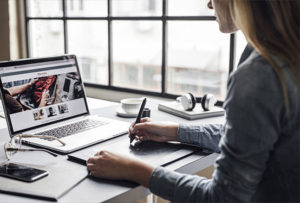

 5. Ask about their design process
5. Ask about their design process
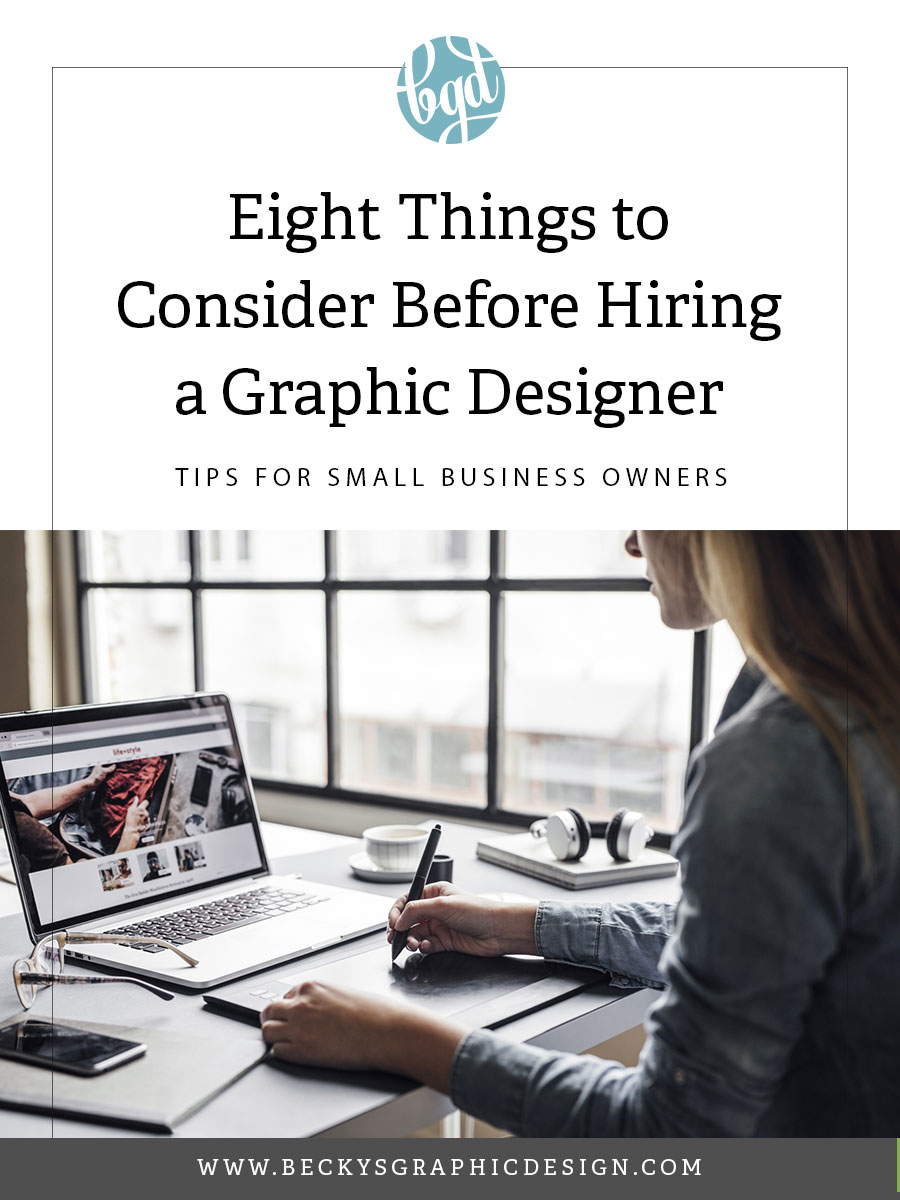


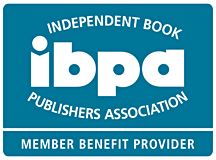
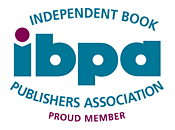
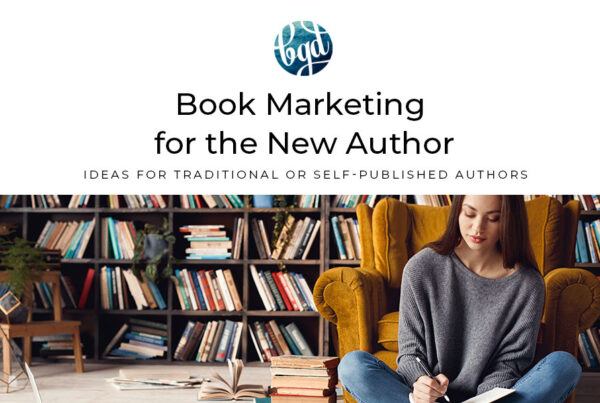

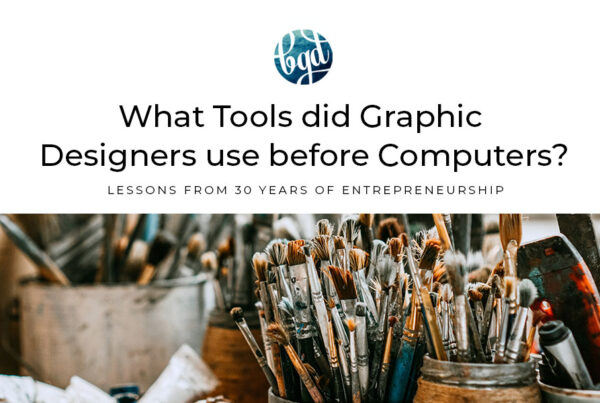
This is an extremely informative blog post. Every step has been explained in detail. Thank you so much for sharing it with us.
We are looking to hire a Graphics & Film designer for our online store market to open next month and want to ensure we find the right one.
I liked how you mentioned an excellent indication that your designer is experienced and will deliver a successful project. It should include at least the project area, the deliverables you will receive listed, and the estimated expense.
I will show this to my partner to see how this can help us decide what to consider when looking for a graphic designer to hire.
I read this post fully concerning the difference of newest and previous technologies, it’s awesome article.
I Read your blog and I feel it is a very wonderful, informative blog